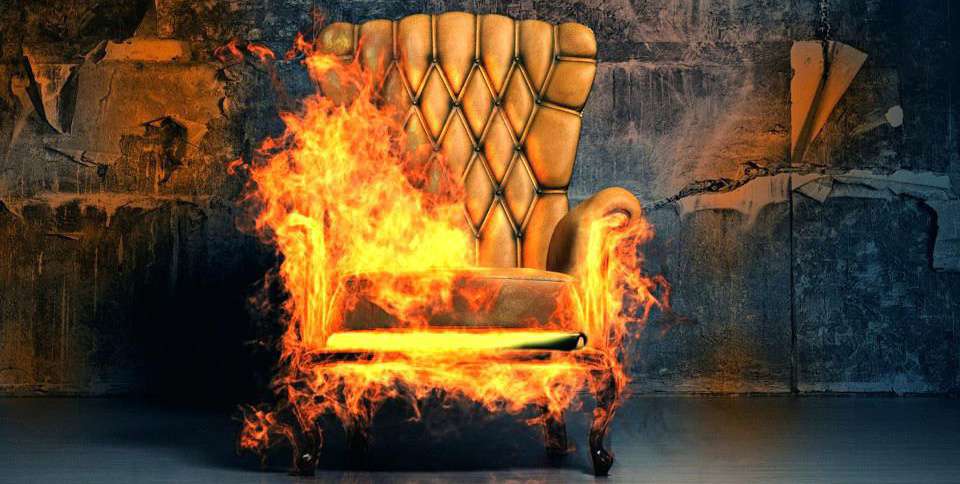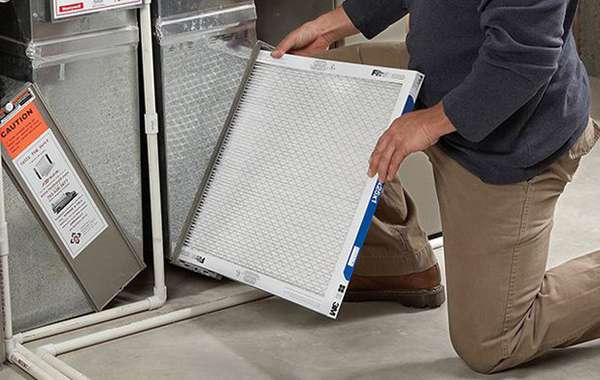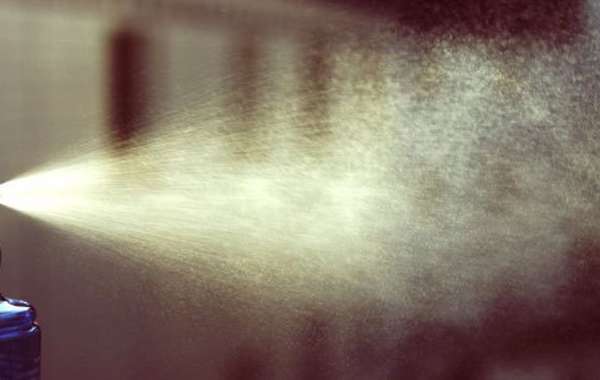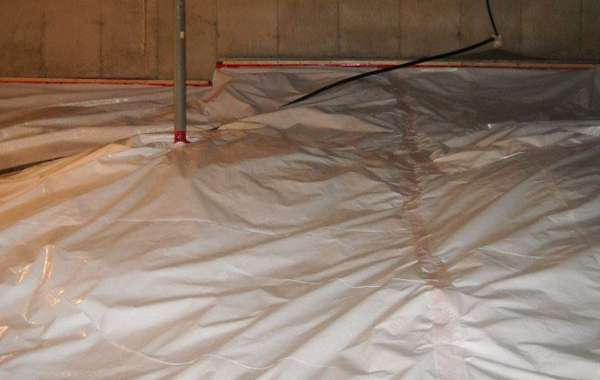With the intention of reducing the speed at which flames can spread, fire-retardant compounds are added to almost all the materials we furnish our homes with: children's toys, curtains, carpets, mattresses, sofas, electronics, plastic, etc.
How flame retardants work:
The chemicals generally used as flame retardants are part of the family of halogens; chlorine and bromine for example. When these chemicals are exposed to extreme heat, they decompose quickly and release compounds that inhibit flames.
The most common flame retardants used are bromine-based - polybrominated diphenyl ethers (PBDE). The total world production of PBDEs is about 100,000 tonnes per year, posing a serious and virtually unnecessary risk to human health and the eco-system.
The effects of flame retardants on human health:

Flame retardants release particles into the environment over the course of their entire life, and in the process contaminate the air, soil and water. They find their way into the food chain; in particularly high concentration with products that are rich in fats such as fish, meat and milk. They also enter our systems as we breathe particles that have off-gassed from household furnishings.
Although the effects on humans are not completely conclusive, comparative studies have shown strong links between fire retardants and the following conditions:
- Liver disease
- Hormonal system and thyroid gland disorders
- Attention deficit disorder
- Delayed nervous system development in infants
- Slower brain development, learning delays and lower IQ
- Increased difficulty of concentration
- Neurobehavioral disorders
- Reduction of spermatogenesis
- Cancer
 |
|
Where flame retardants are found in your home © EPA
|
Flame retardants are virtually unavoidable:
在加拿大,自2008年以来,生产基于多溴二苯醚的化合物已被禁止,但没有立法规范进口产品,也没有强制要求在标签上标明它们的存在。由于进口产品在加拿大市场的饱和,我们自己的法规在解决这个问题上完全无效。
Are flame retardants even effective?
1987年,世界著名的消防科学家Vyto Babrauskas领导了一项关于军用阻燃剂的研究。他的结论是,是的,在人造材料中存在这种化合物可以有效地限制火灾的蔓延,并可能拯救生命,但它只有在高浓度的情况下才有效,其浓度远远超过我们购买的产品中发现的任何物质。
According to Babrauskas, materials sold on the international market do not contain enough of the compounds to offer any effective protection against fire."Flame retardants in the home do not help, that is regrettable but true."So what we end up purchasing are products with enough fire retardants to harm us, but not enough to help us.
Babrauskas accuses the chemical industry of cherry-picking his results for their own benefit. As asked in aCBC Marketplace investigation-"So they manipulated your research to suit their needs?"Babrauskas replied,"In an exceedingly blatant and disgraceful way, yes."
Why do we continue to use flame retardants?
这可以追溯到1975年的加州法律,技术公报117。面对高比率的住宅火灾,加州通过了一项法规,规定在加州出售的任何物品都必须包含一些限制火灾蔓延的措施。然而,虽然该法律要求材料能够抵挡12秒的小火焰,但它并没有特别要求使用化学阻燃剂。
In wanting to meet the requirements of the enormous Californian economy, manufacturers everywhere began including PBDE flame retardants (the cheapest and easiest solution) in almost all their household goods and materials, for no reason other than to have access to that market.
One of the bigger consumers (and purveyors) of fire retardants is the polystyrene foam industry. Beyond just couches, chairs, mattresses and pillows, we build our homes with it. EPS and XPS foam are two of the most common insulation materials in the residential housing industry, and they are full of fire retardants, even in applications where there is simply no way they will combust, such as when used for below-grade walls and floors.
Change is slow but coming:
An important advocacy voice in bringing this change comes from, of all people, firefighters. Contrary to their intended purpose, flame retardants don't actually make the job of a firefighter safer, they make it more dangerous, as these compounds make smoke inhalation even more harmful.

Since 2008, firefighters have joined environmentalists, health professionals and even manufacturers to expose the futility and inherent danger of including flame retardants in household goods.
U.S. Senator Mark Leno tried repeatedly to amend California code TB 117 and eliminate flame retardants,but his efforts were successfully blocked by chemical industry lobbyists.
In July 2014, California announced that as of January 1st, 2015, the TB 117 code should be changed(see TB117-2013). The amendments do not explicitly ban flame retardants, but allows for changes in testing that may open the door to alternatives.
Finding healthier furnishings:
This, unfortunately, is not an easy feat. The old adage of 'buy local' may help you here; look for products made with natural materials such as wool, cotton and jute. You could also check with manufacturers to determine the nature of the flame retardants in their products. Phosphorus compounds, nitrogen or boron are less harmful to humans and the environment than those containing PBDEs.
If we were to name one cheap, easy and top priority product to source, think of where you lay your head for 8 of every 24 hours, and get yourself a pillow made of natural materials.


























Comments (0)
Sign Up to Comment